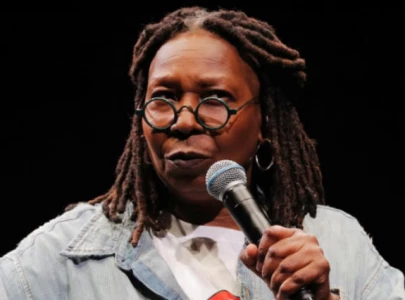
“We have had no problem as minorities are a very important part of the agenda,” comes the ringing endorsement from Nanak Ram Chhbira at the Swami Narayan temple in Karachi. “We are 99 per cent satisfied with the government.”
Provincial legislator Priten Sehwani feels that minorities are much safer in Sindh, as compared to the Punjab. There are around four million registered Hindus in Pakistan, out of which 70 per cent live in Tharparkar. The legislator maintains that only small disputes between landowners and their field workers, who are usually Hindus, have been reported. “We are sons of the soil and such incidents will never change that,” he hastens to add. Thus develops the argument that not all violence should be cast in the prism of faith. Sometimes it’s just people fighting.
Indeed, the worst violence seems to be reported not from Sindh but from the Punjab. In June 2009, 110 Christian families fled their homes in Kasur over blasphemy accusations. In July, 40 Christian homes near Gojra were burned after accusations of the desecrated the Quran. A few days later, seven Christians, including two children, were burned alive in Gojra.
Such isolated but prominent incidents make it difficult to argue that the violence is not linked to faith. The problem is that the people who use this reasoning do a double-take when they also use the argument that violence against minorities exists across the globe and by extension is “just a fact of life”. For instance, in India the Shiv Sena targets Muslims, in Sri Lanka, Tamils are in conflict with Buddhists and the Chinese had a bone to pick with the Dalai Lama. Could it be that sometimes members of a minority do not want to acknowledge violence for what it is worth because of fear of repercussions or because of the internalisation of the brutality? Take the reaction of the general secretary of the Swami Narayan temple, Amar Lal Wadhwani, when he is given a kidnapping example.
The Human Rights Commission of Pakistan (HRCP) reported that in October 2009, Gomti, a 15-year-old Hindu girl, was abducted but police and officials refused to act. When she was found, she was married and had converted to Islam, but her parents were not allowed to speak to her alone and since then she has disappeared. Wadhwani insists that kidnappings are prevalent in every society and are not motivated by religion. “If four of our people disappear it is a very big issue,” he says. “But if 10 Muslims disappear, no one asks.”
To buttress his argument, Sehwani shares a case. Two years ago, Jagdesh Kumar was killed by co-workers over blasphemy charges, but his family was compensated Rs0.7 million. Sehwani adds that some kidnapped girls have been returned home after the government took action.
Some legislators and civil society activists have fought for an end to Pakistan’s blasphemy laws, which have affected nearly all minorities. Data from the National Commission for Justice and Peace (NCJP) reveals that from 1986 until August 2009, a total of 964 people had been charged under blasphemy statutes. These comprised 479 Muslims, 340 Ahmadis, 119 Christians, 14 Hindus and 10 others. Thirty-two people charged with blasphemy have been extra-judicially killed. So far, even though numerous individuals have received death sentences for blasphemy, no one has been hanged. Higher court appeals judges generally throw out cases where this sentence has been imposed by lower courts.
Some people argue that minorities should not be set aside by their religion, caste or colour and should rather be seen as individual beings. The white stripe and the green background should merge. HRCP member Asad Iqbal Butt is a proponent of this view. He argues that the root cause of discrimination is the lines which have highlighted religious differences.
Vincent Rodrigues, a Catholic, believes that there is no danger to Christians. He attempts to sum it up: “I am not a minority, I am a Pakistani.”
Published in The Express Tribune, September 11th, 2010.

1731550446-0/Polymarket-(1)1731550446-0-165x106.webp)

1729512368-0/liam-(8)1729512368-0-165x106.webp)
-(1)1718038311-0/SYDNEY-(1)-(1)1718038311-0-165x106.webp)












COMMENTS (7)
Comments are moderated and generally will be posted if they are on-topic and not abusive.
For more information, please see our Comments FAQ